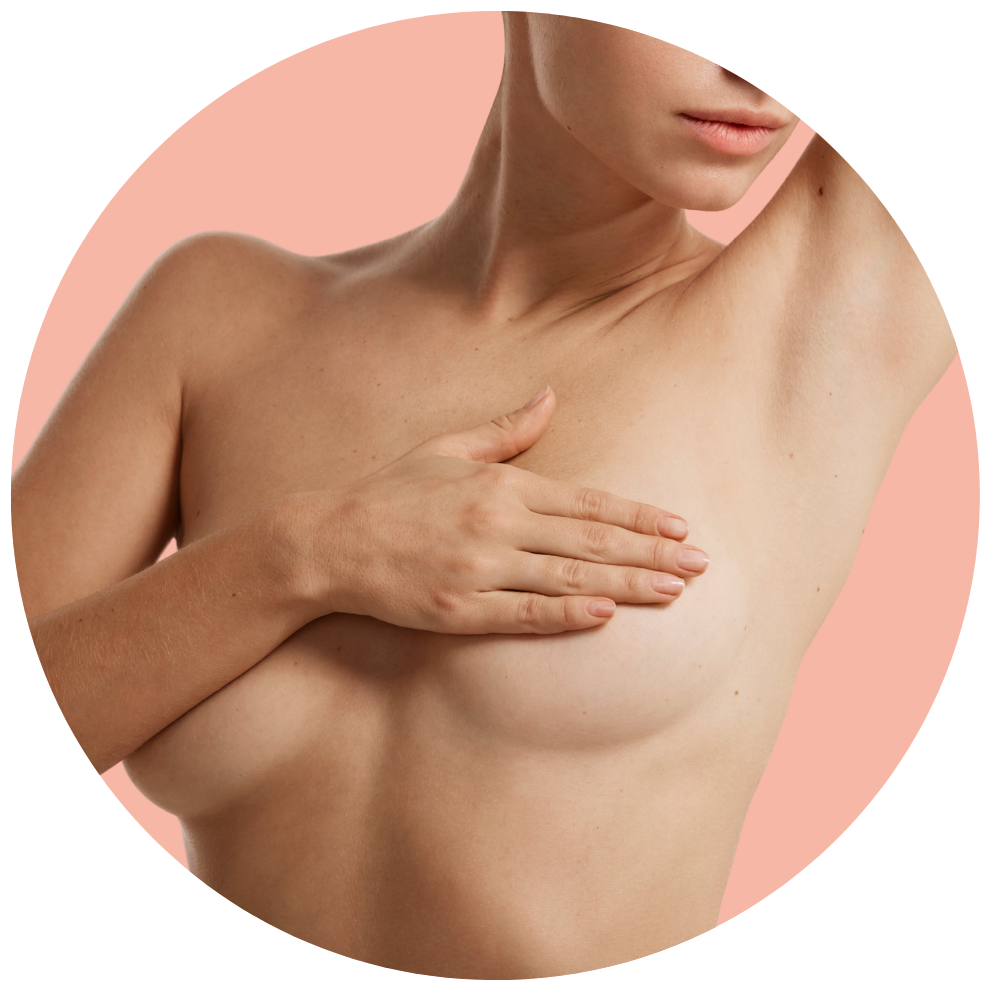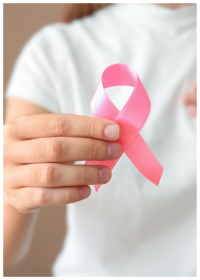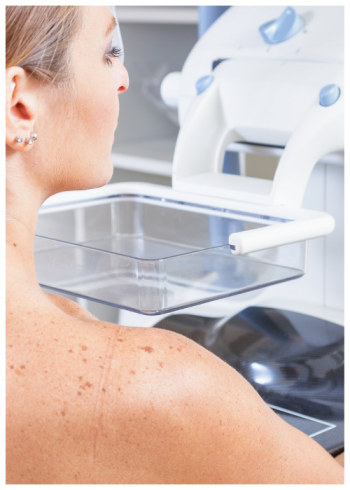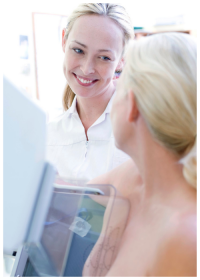Pink October 2024: breast cancer prevention

Breast cancer affects 1 in 8 women in France, with more than 58,000 new cases per year. It is the most common cancer in women since it constitutes more than a third of new cases of female cancers. However, men do not have a zero risk of declaring breast cancer because almost 1% of cases concern them.
The Pink October 2024 prevention action aims to increase the proportion of early detection of this cancer, during a national communication campaign every October. But guess what, you don't have to wait until October to do prevention! Breast cancer detected early enough has a 9 out of 10 chance of being cured; so let's go !
5 Defining Breast Cancer Symptoms
We note 5 symptoms that should be alarming if they appear:
- Sensation of a lump in the breast to the touch. Hard to the touch, with irregular contours, this ball does not roll under the fingers; it seems rather fixed under the skin. To facilitate palpation, the Medisur self-palpation pad allows self-diagnosis at any time, greatly increasing the sensations of touch.
- Signs of inflammation on a breast: warmth, volume, pain and tenderness, itching...
- Hard-to-the-touch axillary lymph nodes (these are the nodes at the top of the breast, just next to the armpit).
- Any sudden change in shape or size of one of the breasts or of the skin (orange peel effect, redness, etc.).
- Any sudden change in the shape and color of the nipple, possibly with abnormal discharge.

To summarize: it is advisable to consult a doctor as soon as the breast appears deformed, it is painful and seems inflamed. A mammogram will then surely be proposed, which is the x-ray screening examination for breast cancer. Otherwise, during the annual gynecology appointment, the practitioner usually practices palpation for prevention. From the age of 50 and every two years, mammography is offered free of charge to all women.


What to do for Pink October 2024?
Pink October is a communication campaign led by the Ruban Rose association on the subject of breast cancer to inform, raise awareness, prevent and detect, as well as raise funds for research. Between October 1 and 31, 2024, fundraising events will be organized throughout France, and screening campaigns will be offered.
As part of Pink October 2024, you too can organize an event or an awareness campaign, within your association, or your CPTS if you are a health professional, or even in your company.
During Pink October, Medisur supports healthcare professionals and companies in setting up prevention campaigns through kits, on-site events and many other actions.
Chat with an Expert
Prevent breast cancer according to its type
Without getting lost in a complex biology lesson, let's see how breast cancer translates to better understand how prevention can act.
<span data-metadata=""><span data-buffer="">What is a breast made of?
A breast is a mammary gland that contains small lobes called lobules, as well as ducts; all surrounded by fatty mass. These are the lobules that produce milk in case of breastfeeding; the ducts then take over to transport the milk to the nipple.
<span data-buffer="">The development of breast cancer">
95% of breast cancers are adenocarcinomas; that is, tumors that develop from glandular cells.
- Either they come from the cells of the canals (= ductal carcinoma).
- Either they come from the cells of the lobules (= lobular carcinoma).
- In addition, either the cancer does not spread beyond the breast (= carcinoma in situ) or it can reach other lymph nodes and then other parts of the body (= invasive carcinoma).


A special case: inflammatory breast cancer
Very rare but aggressive, and mainly affecting African women, inflammatory breast cancer develops in the lymphatic vessels of the skin of the breast. This one then appears inflamed and presents redness.
Breast cancer risk factors
age
Age is of course the first risk factor for cancer. More than two out of three breast cancers occur after the age of 50. Studies show that it is not beneficial to perform mammograms before the age of 50, unless one is in the following case.
<span data-buffer="">Having already had breast cancer">
Unfortunately, the chances of developing cancer in the other breast increase 4 to 5 times. This is why women with a first breast cancer are monitored for prevention.
<span data-buffer="">Hygiene of life">
Certain behaviors in life affect the risk of breast cancer. The biggest risk factor is alcohol, which is responsible for more than 15% of breast cancers. Tobacco follows, as well as the lack of sport and a sedentary lifestyle. You will not be surprised, a fatty and high-sugar diet also increases the risk of breast cancer. So if we sum up, a healthy lifestyle reduces the risk of developing breast cancer: quite logical!
<span data-buffer=""><span data-metadata=""><span data-buffer="">personal hormone levels
The risk of developing breast cancer increases if you were menstruating early (before age 12) and/or postmenopausal late (after age 55); that is to say, the levels of estrogen and progesterone to which women are subjected throughout their life have an impact on the risk of developing this cancer. These hormone levels also present an additional risk for nulliparous women or women who have not breastfed, and also in the event of taking the estrogen-progestogen pill or hormonal treatments for menopause.
<span data-metadata=""><span data-buffer="">The family background
If the appearance of breast cancer before the age of 50 is rare, it can nevertheless depend on family history. It is estimated that 5% cases of breast cancer are genetically predisposed. If one or more women in your family have already had breast cancer, you can speak to your doctor who will refer you to so-called “oncogenetic” examinations to determine the risk you run.
